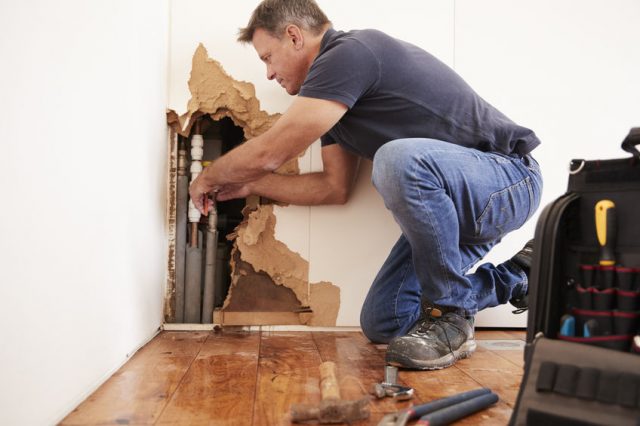
Water damage most commonly occurs after an intense storm or flooding, and it’s something that is extremely complex and daunting to deal with it. In most cases, you’ll have 2 days for cleaning things up, especially since if left for longer, it can prompt mold growth and it can also soak into the building materials which will compromise the safety of your home’s floors, walls, ceilings, and structure.
But, if you never dealt with water damage before, you might be wondering – what should I do in order to prevent mold growth and save the integrity of my house? Fortunately for all homeowners, you’ll be able to find an answer to this question in the article below. Let’s take a closer look:
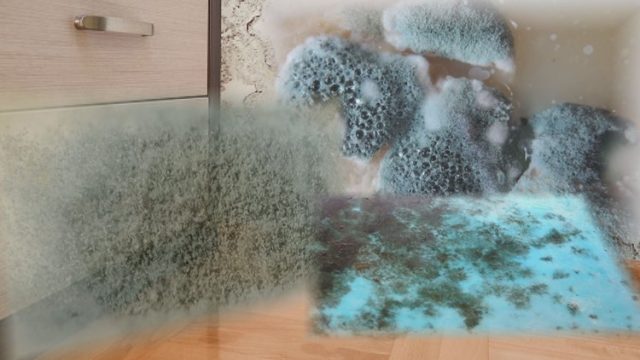
1. Get Rid of All The Liquid
Before you can do anything else from this list, the first thing you’ll need to go through is removing all the water from the flooded area. Generally, there are two things that you can do – either rent a vacuum that will suck the liquid right out or you can opt for the traditional method which is grabbing a bucket in order to clear the space.
Keep in mind, if the water came from a flood or a sewer backup, it might be contaminated with harmful chemicals, which is why you shouldn’t touch it without properly protecting yourself. On the other hand, clean liquid from a leak or broken pipe is safe, meaning that you won’t need to wear any protective equipment for clearing it out.
2. Remove Any Wet Carpets, Furniture, And/or Rugs
If there are any damp furniture, carpets, and/or rugs, you must remove them right away since it’ll take longer for the items to dry. Now, you can choose to steam clean the items in order to get rid of any bacteria and harmful substances, or you could take them outside and dry them in the sun. Remember, if you don’t remove all the items from the flooded space, mildew will probably develop and spread to the surrounding space.
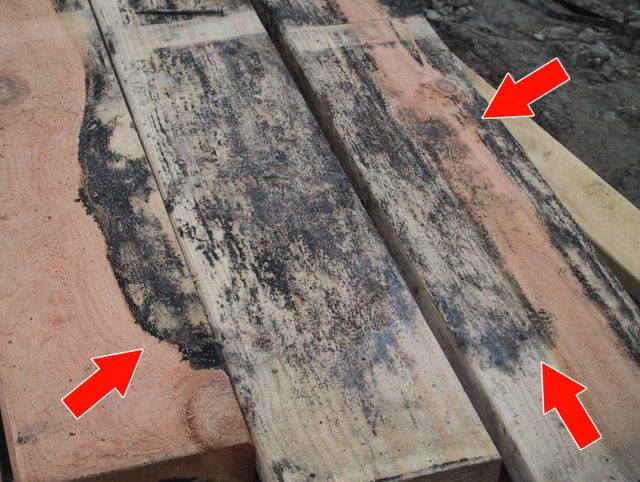
3. The Wet Surfaces Need to Be Dried
Once you have removed all the wet items from the area, your next step is to dry all the wet surfaces mostly because it will prevent moisture from building up and mold from developing. You could utilize a rag or a mop for soaking up the remaining liquid or you can lease an industrial fan that will take care of the moisture.
Remember, mildew will probably start developing one or two days after the water damage occurred, hence, it’s extremely important that you get rid of the moisture quickly in order to minimize the chances of it growing and spreading. If you want to learn more about how mold develops, you can click here for additional information.
4. Use a Dehumidifier
You must keep the humidity in the room below fifty percent in order to prevent mildew growth. For the best results, you should use a dehumidifier, however, if the weather is nice and sunny outside, you can also open all of the windows and air the room like a dehumidifier would. By doing this, you’ll guarantee that the room stays dry after the excess liquid is removed. Remember, you must maintain the dryness of the area a few days after the damage occurred in order to prevent mildew from growing and spreading.
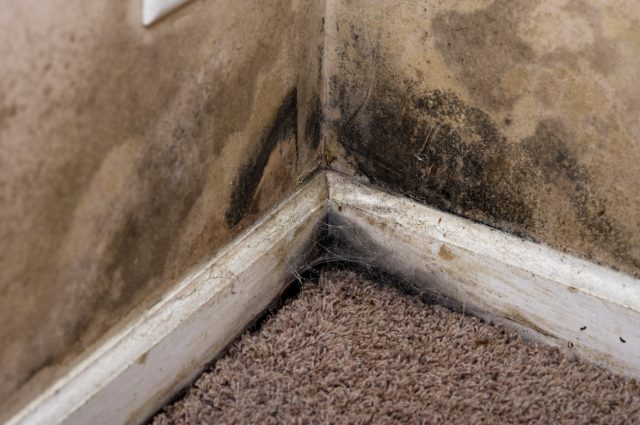
5. You Must Sanitize Everything
As we mentioned, the liquid that enters your house can be contaminated, which is why it’s absolutely important that you sanitize all the surfaces when the excess moisture is removed. For this, you’ll need to buy a cleaning solution that will kill any bacteria and chemicals, but more importantly, it’ll hinder mold from appearing. You can purchase the cleaning solution in almost any hardware store. Alternatively, reach out to a professional cleaning and restoration company like SERVPRO and let their experts do it for you.
6. Don’t Delay Anything
You should never delay cleaning up the affected room. Why? Well, the longer all the moisture and water remains there, the more likely it’ll cause permanent damage. To make things worse, delaying the clean-up can lead to some serious fungus problems inside the walls, which is a costly problem sometimes costing thousands of dollars for eradicating. Hence, as soon as the damage occurs, grab your tools and equipment, and start cleaning.
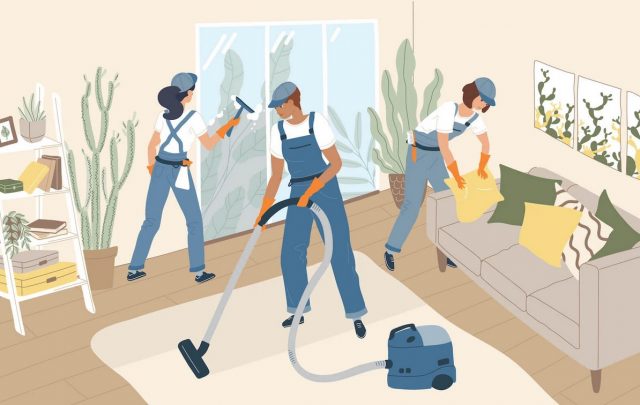
7. Contact You Insurance Company
If you live in a region where floods constantly occur, you might have been paying for flood insurance. If so, you must contact your insurance company and notify them about what is happening to your home. You must take photographs of the damage before removing anything and working on the space since this will allow you to fill out a claim with the insurance company. The insurance policy might include a professional that will come and help you with the cleaning and restoration process.
8. Keep an Eye on The Area
Last on our list, but not least important is the fact that you must keep an eye on the area that was damaged by the liquid. Why should you do this? Well, although you went through all of the aforementioned steps, mold could still develop and this is exactly why you must monitor the area and surface.
Keep in mind, you’ll probably notice the familiar smell of mold if it developed. Now, there are different mold types that you might come across, some will be visible while others might remain hidden behind the walls or under the floor. If so, you’ll probably notice black or green spots all over the surfaces, and in this situation, you’ll need an expert that’ll take care of the problem for you.
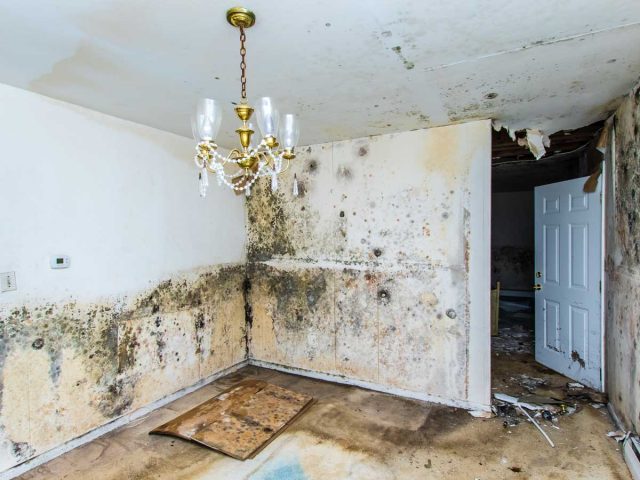
Conclusion
No matter how the water damage occurred in your house, it’s extremely important that you take care of the affected area, especially since it’ll allow you to prevent mold from growing and spreading. And, if you choose to follow the tips mentioned in the article above, you’ll be able to make the entire process easier, less daunting, as well as less time-consuming for yourself.
So, now that you’re aware of all the things you must do in order to save your home’s integrity, you shouldn’t waste any more time. Instead, you should gather all the equipment you need and start from the first task we mentioned – which is ensuring that you remove all the excess water from the damaged area.














